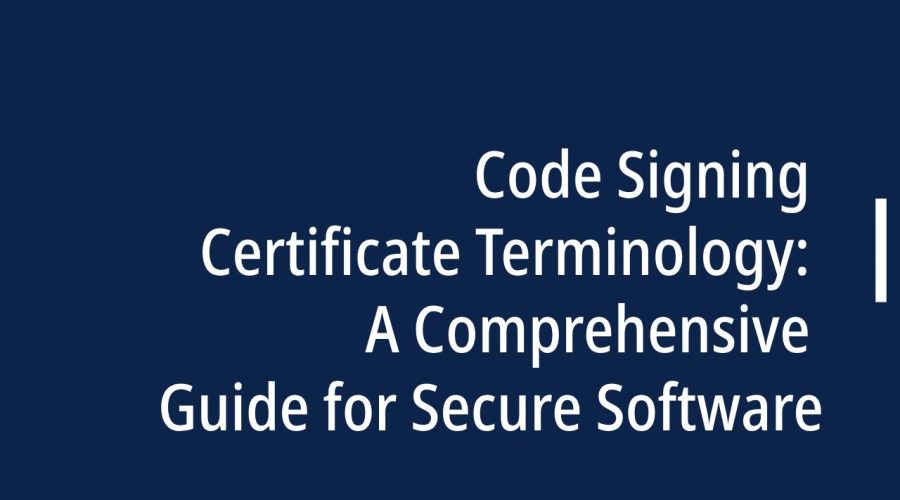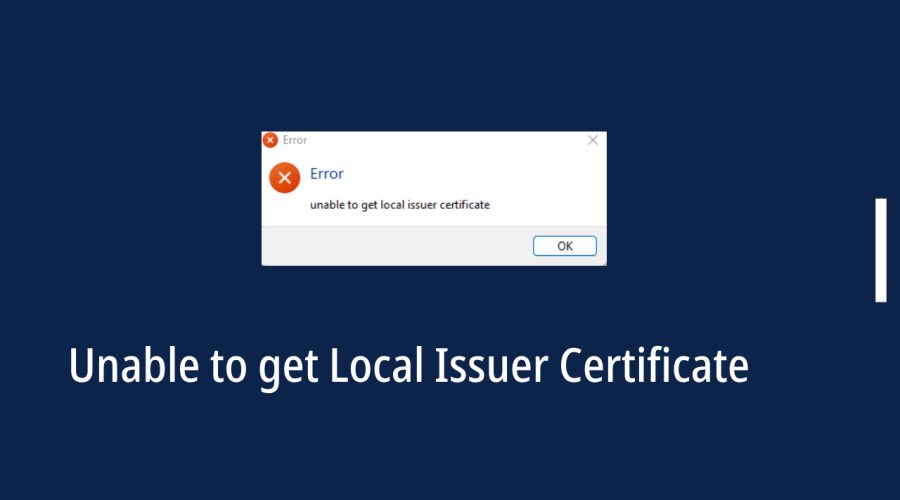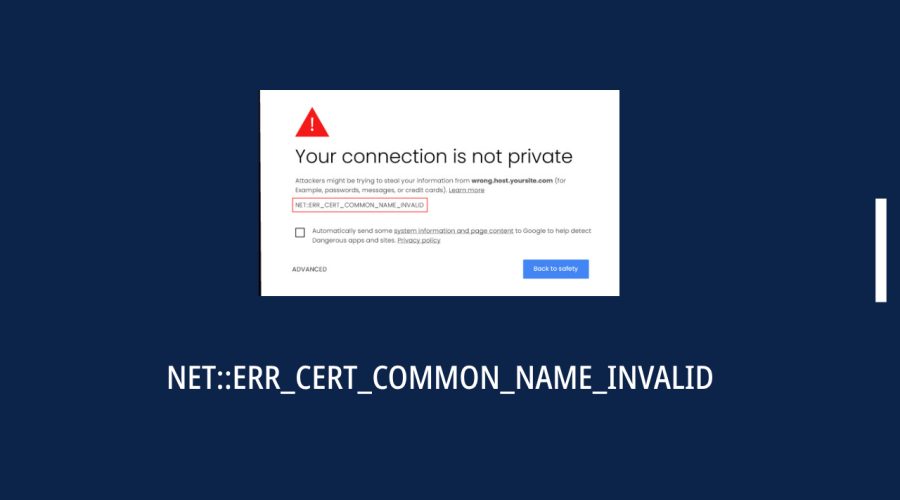Fix the Windows Security App When It’s Not Starting or Crashing
Windows Security, previously known as Windows Defender, is a crucial component of your Windows operating system, designed to protect your PC from malware, viruses, and other security threats. However, sometimes users encounter issues with Windows Security, such as it not starting or crashing. In this guide, we will walk you
Read moreCode Signing Certificate Terminology: A Comprehensive Guide for Secure Software
Whether you're a software developer or a cautious end-user, you've likely come across the term "Code Signing certificate" in your digital journey. While it's a crucial component for security, it can be wrapped in jargon that makes it seem complex. In this blog, we'll break down Code Signing certificate terminology,
Read moreCode Signing Certificates: Exploring Usage Statistics
Code Signing certificates have emerged as a critical tool in ensuring trust and security for both developers and end-users. These digital certificates play a pivotal role in guaranteeing the authenticity and integrity of software, and their usage has grown exponentially over the years. In this blog, we delve into the
Read moreEasy Steps to Get Code Signing Certificates
Software security is of utmost importance. One crucial aspect of securing your software is code signing. Code signing certificates play a pivotal role in ensuring the integrity and authenticity of your software by digitally signing your code. This process confirms that the software has not been tampered with and is
Read moreHow to Fix ERR_TUNNEL_CONNECTION_FAILED in Google Chrome
Google Chrome is a popular web browser known for its speed and reliability, but like any software, it's not immune to errors. One common error that Chrome users may encounter is "ERR_TUNNEL_CONNECTION_FAILED." This error can be frustrating, as it prevents you from accessing websites. However, it's essential to address it
Read moreHow to Fix the SSL Certificate Problem: Unable to Get Local Issuer Certificate
SSL certificates play a crucial role in ensuring the safety of data transmitted over the internet. However, encountering SSL certificate problems is not uncommon. One such issue is the "SSL Certificate Problem: Unable to Get Local Issuer Certificate." This error can be frustrating, but it's essential to address it promptly
Read moreHow to Fix NET::ERR_CERT_AUTHORITY_INVALID Error on Chrome?
The "NET::ERR_CERT_AUTHORITY_INVALID" error is a common SSL/TLS-related error in Google Chrome. It occurs when Chrome detects an issue with a website's SSL certificate, typically due to problems with the certificate's authority or chain of trust. In this guide, we'll walk you through the steps to resolve this error and safely
Read moreHow to Fix “pr_connect_reset_error” in Firefox
If you've encountered the "pr_connect_reset_error" in Firefox, you're not alone. This error message can be frustrating, as it often prevents you from accessing websites or using certain web services. However, don't worry; this issue can usually be resolved with a few simple steps. In this blog post, we'll walk you
Read moreACME Protocol: How ACME Works for Secure Web Certificates
The ACME protocol, which stands for "Automated Certificate Management Environment," is an open and standardized protocol designed for automating the process of obtaining, renewing, and managing digital certificates used for secure web communications, specifically for websites and web servers. ACME was developed to simplify and streamline the management of SSL/TLS
Read more








